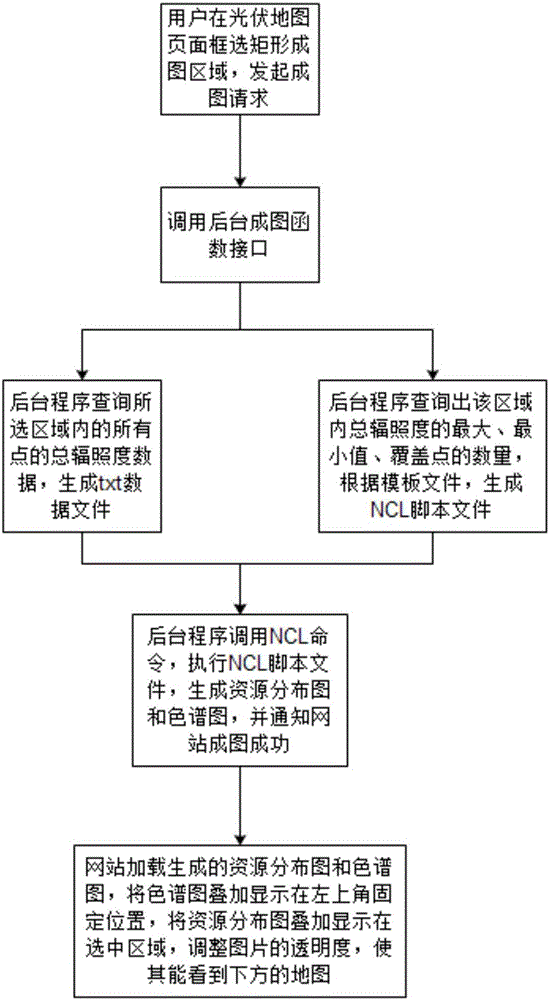Photovoltaic resource assessment optimization method and system based on historical meteorological data
A technology of meteorological data and optimization method, which is applied in the field of photovoltaic resource evaluation and optimization based on historical meteorological data, can solve the problems of large time cost and labor cost, limited human resources, and take longer time, so as to improve the efficiency of evaluation and improve Evaluate efficiency and shorten the effect of evaluation cycle
- Summary
- Abstract
- Description
- Claims
- Application Information
AI Technical Summary
Problems solved by technology
Method used
Image
Examples
Embodiment Construction
[0065] It should be noted that, in the case of no conflict, the embodiments of the present invention and the features in the embodiments can be combined with each other.
[0066] The present invention will be described in detail below in conjunction with embodiments and accompanying drawings.
[0067] Concrete steps of the present invention are:
[0068] Obtain nationwide historical meteorological data, statistically archive the data, transform it into a data form that meets the needs of mapping, and provide data sources for the entire mapping function; the specific method is: import the original historical meteorological data into the database ; Calculate the imported annual total irradiance value of all data points across the country, the best inclination angle for installation, the available hours for the optimal inclination angle, the available hours for the horizontal plane and other parameters, and store them in the database.
[0069] ①Map area selection
[0070] Open ...
PUM
 Login to View More
Login to View More Abstract
Description
Claims
Application Information
 Login to View More
Login to View More - R&D
- Intellectual Property
- Life Sciences
- Materials
- Tech Scout
- Unparalleled Data Quality
- Higher Quality Content
- 60% Fewer Hallucinations
Browse by: Latest US Patents, China's latest patents, Technical Efficacy Thesaurus, Application Domain, Technology Topic, Popular Technical Reports.
© 2025 PatSnap. All rights reserved.Legal|Privacy policy|Modern Slavery Act Transparency Statement|Sitemap|About US| Contact US: help@patsnap.com

